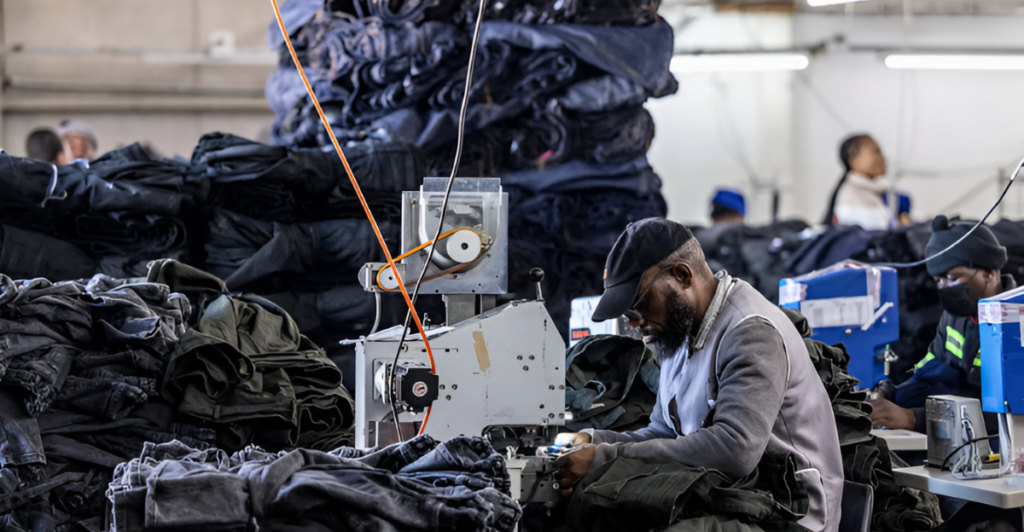
Your favorite pair of jeans probably has more passport stamps than you do. While they might hang quietly in your closet, behind the seams is a story that spans continents, factories, farms, and shipping lanes.
Jeans aren’t just fashion, they’re a global operation. From cotton fields in the U.S. to finishing lines in Bangladesh, that denim you’re wearing has likely traveled thousands of miles before wrapping itself around your legs.
This article unpacks the entire global journey of your jeans. It’s a tale of stitches, sweat, and supply chains, and once you know it, you’ll never look at denim the same way again.
1. Cotton Fields
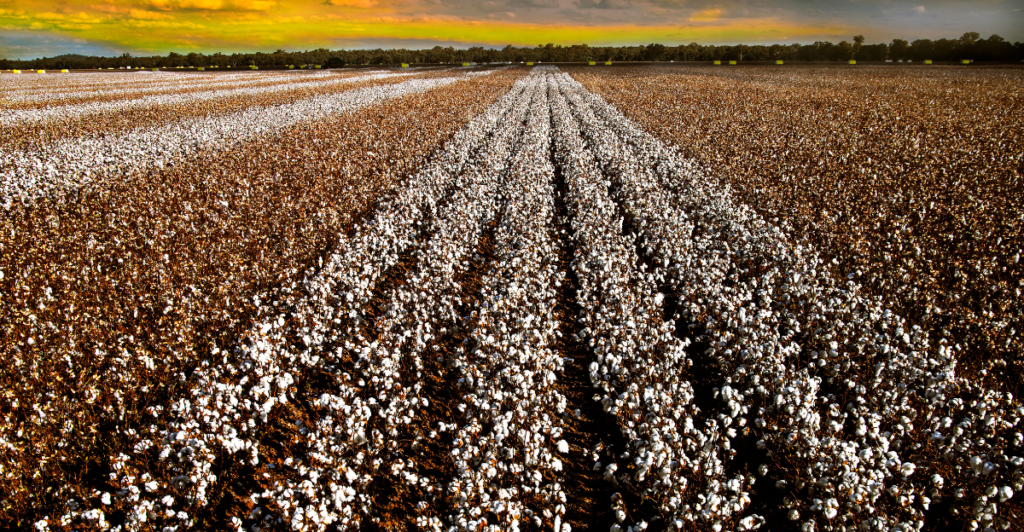
Most jeans begin in cotton fields, and the top producers are the U.S., China, India, and Brazil. Growing cotton requires lots of sun and even more water. One kilogram of raw cotton can gulp down up to 10,000 liters.
After harvesting, cotton goes through ginning, which separates the fibers from seeds. These clean fibers are baled and prepped for export. Chances are, they’ll be spun into yarn somewhere entirely different.
This stage already spans multiple countries. Your jeans may have started in Texas, but the next stop might be Turkey, Vietnam, or Pakistan. And that’s just the beginning.
2. Spinning and Dyeing

Once the raw cotton hits a spinning mill, it’s stretched, twisted, and spun into yarn. This often happens in places like India, Indonesia, or China, where labor and production costs are lower.
Next up: dyeing. Most denim gets its signature blue from synthetic indigo, and it takes multiple dips to build up the color. Unfortunately, this process uses harsh chemicals and water, making it one of the least sustainable parts of jean production.
Newer, eco-friendly dyeing methods are emerging, using foam or ozone instead of water. But traditional practices still dominate much of the industry’s output.
3. Weaving

After dyeing, the yarns are woven into fabric, typically using a twill weave that gives denim its famous diagonal ridges. Most often, this is done in large textile hubs like China, Pakistan, or Mexico.
Weaving involves combining dyed warp threads (blue) with undyed weft threads (white). This mix gives jeans their distinctive faded look over time. It’s also where stretch denim starts if elastane is added to the weave.
Once the rolls of denim fabric are complete, they’re shipped, again, to yet another country for cutting and sewing. This globe-trotting fabric’s not done yet.
4. Cutting and Sewing

Here’s where your jeans start looking like, well, jeans. Most garments are sewn together in countries like Bangladesh, Vietnam, Cambodia, and Mexico, where garment labor is cheap and highly skilled.
The denim is cut into pieces for each component: legs, waistband, pockets, and assembled in large factories. Rivets, buttons, and zippers are added next, many of which are sourced from entirely different countries themselves.
Each step may sound simple, but it’s incredibly labor-intensive. A single pair of jeans can pass through 20 or more workers’ hands before it’s finished and ready for finishing.
5. Finishing Touches

Stone washing, whiskering, distressing; these aren’t just fashion flourishes. They’re intensive finishing techniques that give jeans that broken-in look. Most of it happens in the same factory or region where the sewing takes place.
Traditional methods can be brutal on both the environment and workers. Sandblasting is banned in many places due to health risks. Laser finishes and enzyme washes are cleaner alternatives, but they’re not yet the industry standard.
Brands are increasingly investing in sustainable finishing methods, but the truth is that vintage fade comes with a footprint unless you shop consciously.
6. Packaging and Shipping
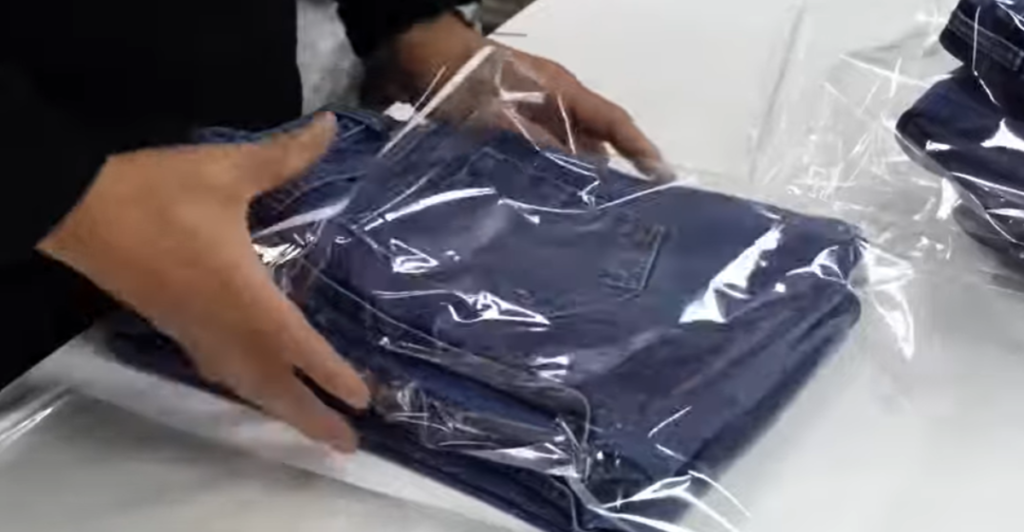
Once complete, jeans are folded, tagged, and packed for their final trip from factory to store. Most are shipped via cargo containers by sea, though air freight is used when speed trumps sustainability.
Your jeans might travel from a factory in Vietnam to a warehouse in the U.S., then to a retail store or directly to your door. Every step adds time, fuel, and carbon.
It’s why many brands now aim to shorten the supply chain. Regional manufacturing, direct-to-consumer shipping, and carbon-offset programs are becoming more common across the fashion world.
7. Store to Closet
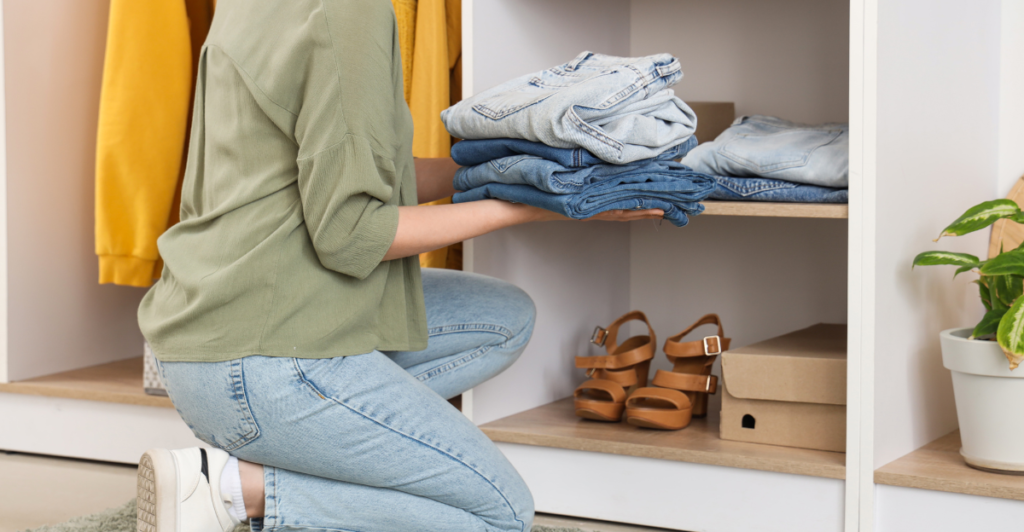
By the time you pull a pair of jeans off a store rack, they’ve already lived a thousand lives. But how you wear and care for them matters too. Washing, drying, and even tossing them out all impact the environment.
Washing less often, using cold water, and skipping the dryer can extend your jeans’ life and shrink your carbon footprint. Better yet, brands like Levi’s and Nudie Jeans now offer repair and recycling programs.
So while your jeans may have started global, keeping them local, and lasting, is a smart, sustainable choice you can make every day.
8. Challenges: The Cost of Fast Denim
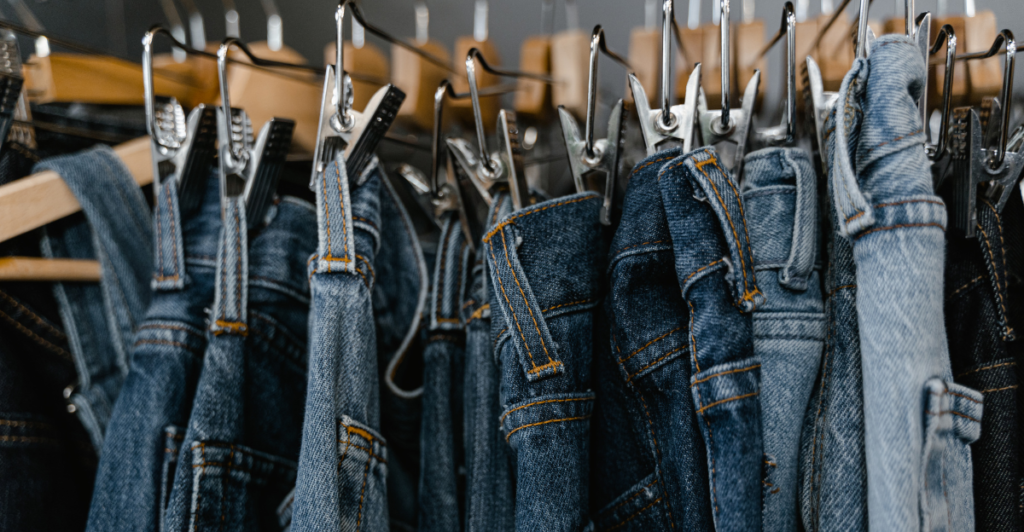
Behind every pair of jeans is a complicated web of environmental and human impacts. Cotton farming often involves pesticides and intense water use, and dyeing processes can pollute waterways with toxic runoff. That “distressed” finish? It can take a serious toll on worker health.
Labor issues persist in many garment-producing countries, where workers, often women, are underpaid, overworked, and exposed to dangerous conditions. Fast fashion timelines only make it worse.
But brands and watchdogs are stepping up. Certifications like GOTS and Fair Trade are pushing for cleaner practices and transparency. Still, the road to ethical denim is far from wrinkle-free.
Denim With a Backstory

Your jeans didn’t just come from a store. They came from cotton fields, dye vats, sewing floors, and shipping docks. They passed through the hands of farmers, factory workers, and freight teams in half a dozen countries.
This garment we take for granted is anything but simple. It’s a testament to globalization and a reminder of how interconnected fashion and responsibility have become.
Next time you throw on your favorite pair, remember the journey. Better yet, let that journey shape how you shop. Because the best fit is one that feels just as good inside.